Scientists have discovered that bacteria in the deepest parts of the seafloor are absorbing carbon dioxide and could be turning themselves into an additional food source for other deep-sea life.


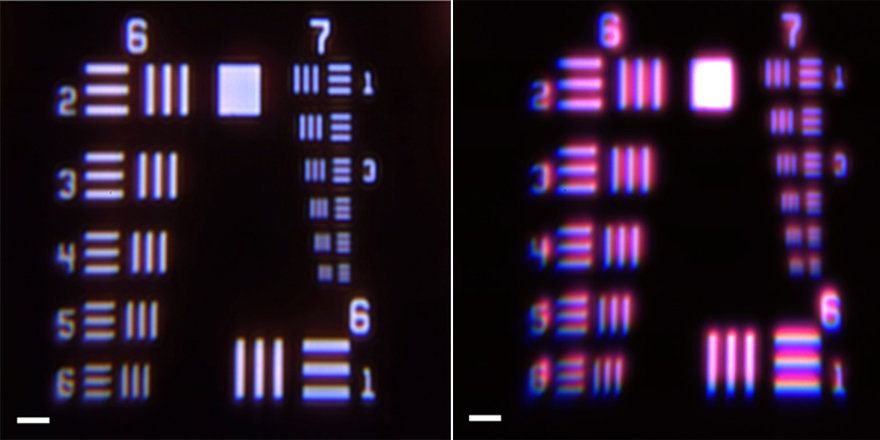
Today’s optical systems—from smartphone cameras to cutting-edge microscopes—use technology that hasn’t changed much since the mid-1700s. Compound lenses, invented around 1730, correct the chromatic aberrations that cause lenses to focus different wavelengths of light in different spots. While effective, these multi-material lenses are bulky, expensive, and require precision polishing or molding and very careful optical alignment. Now, a group of researchers at the Harvard John A. Paulson School of Engineering and Applied Sciences (SEAS) is asking: Isn’t it time for an upgrade?
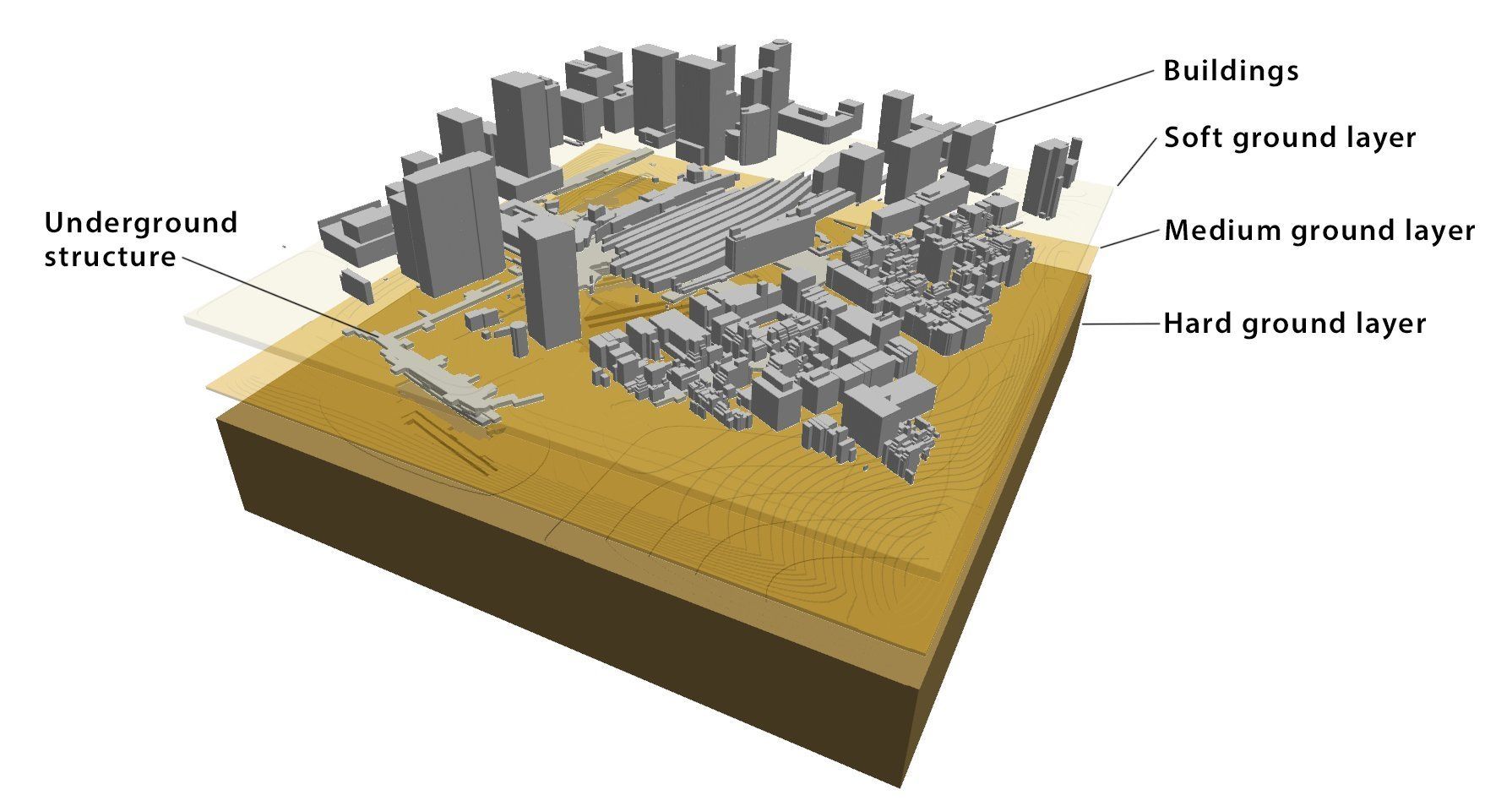
A team of researchers from the Earthquake Research Institute, Department of Civil Engineering and Information Technology Center at the University of Tokyo, and the RIKEN Center for Computational Science and RIKEN Center for Advanced Intelligence Project in Japan were finalists for the coveted Gordon Bell Prize for outstanding achievements in high-performance computing. Tsuyoshi Ichimura together with Kohei Fujita, Takuma Yamaguchi, Kengo Nakajima, Muneo Hori and Lalith Maddegedara were praised for their simulation of earthquake physics in complex urban environments.

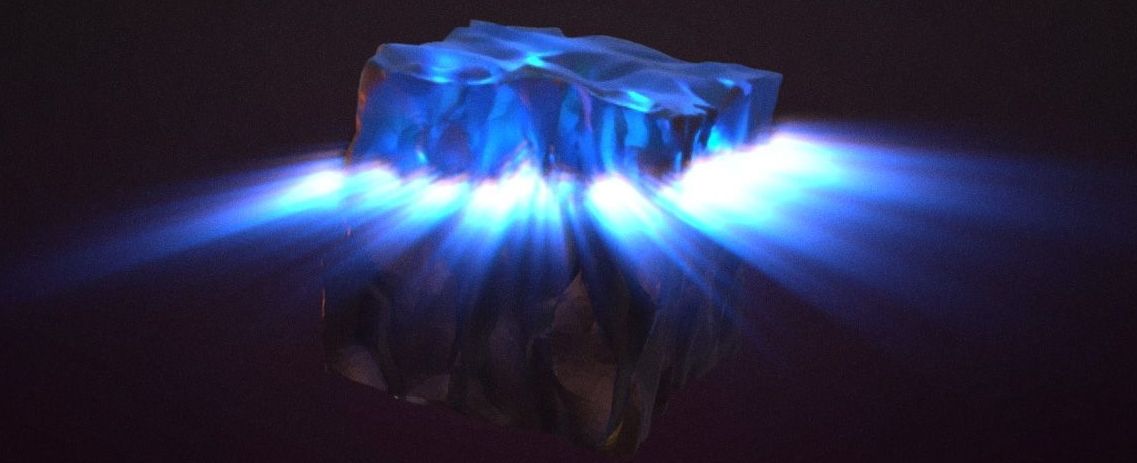
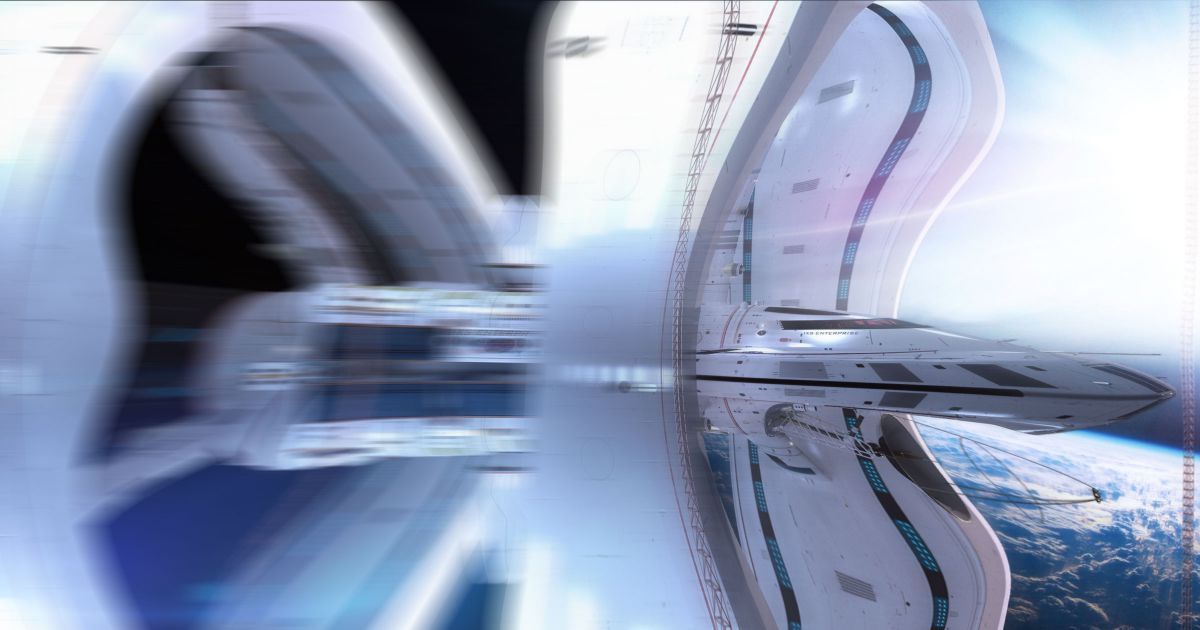
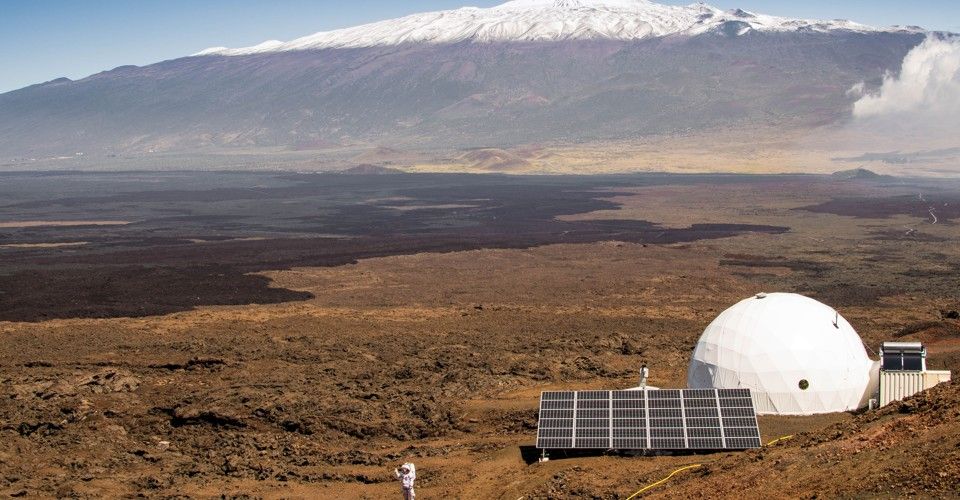
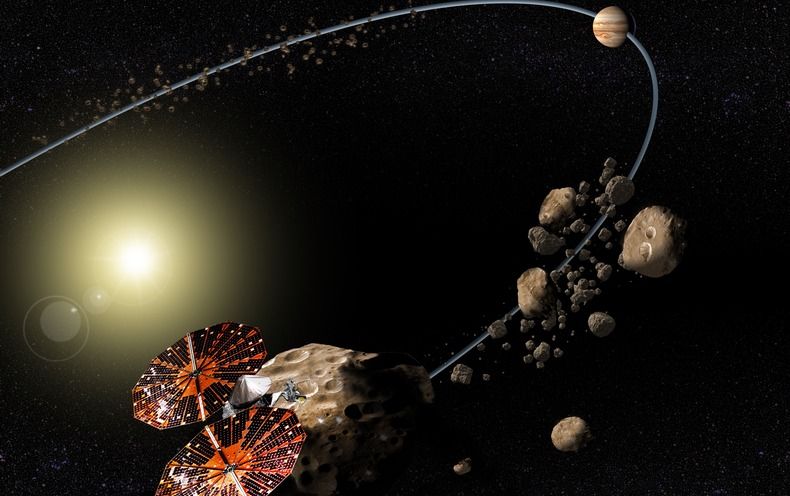
Unexplained patterns in the colors of certain space rocks suggest scientists still have much to learn about the solar system’s origins and early evolution.
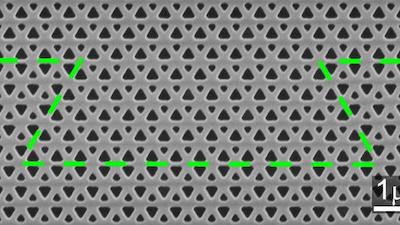
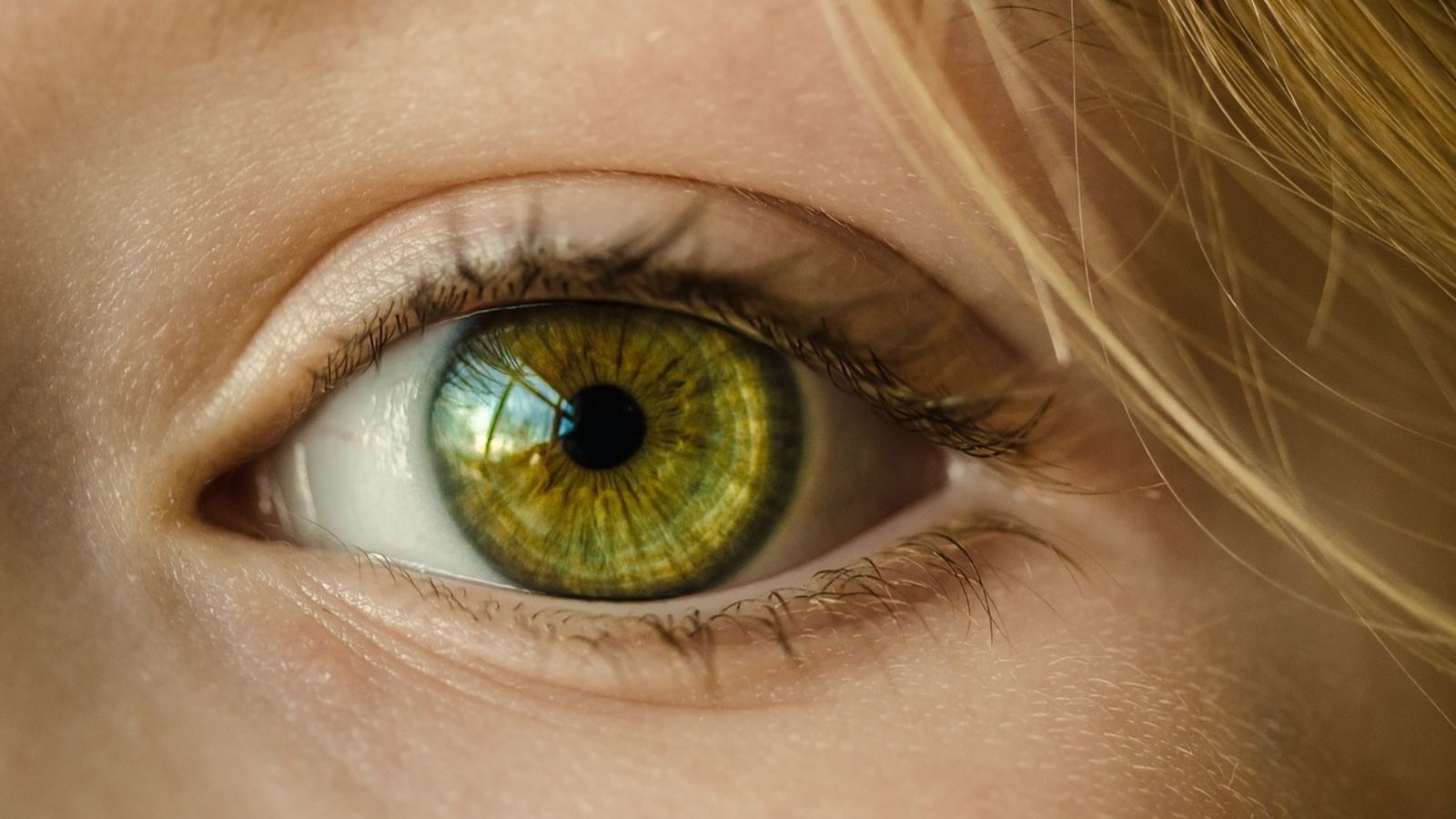
One of the strangest things that can sicken us—a rogue misfolded protein that destroys the brain, known as a prion—is even scarier than we knew. Researchers were able to find the prions responsible for sporadic Creutzfeldt-Jakob disease (sCJD), the most common prion disease in people, seeded everywhere in the eyes of 11 patients affected by it.
The findings are the latest to suggest that these universally fatal, if rare, diseases can be spread through the eyes. But they also indicate that our eyes might be someday be used to spot these cases with less hassle than current testing methods.